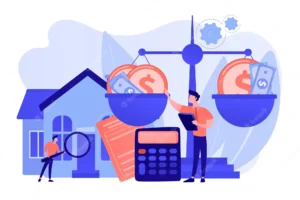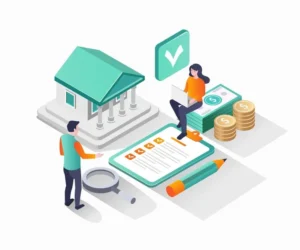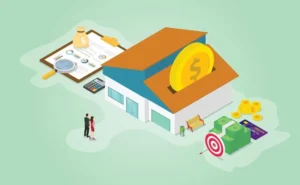Navigating Tax Challenges with Limited Financial Resources
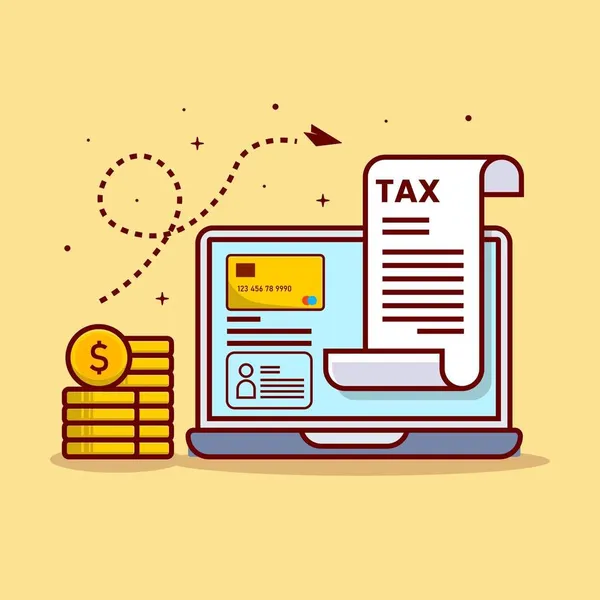
I. Introduction. In today’s financial landscape, meeting tax obligations is a fundamental responsibility. However, many individuals find themselves grappling with the daunting task of paying taxes when they lack sufficient funds or face financial constraints. This article explores the nuances of this issue and offers insights on how to navigate these challenges effectively.
Contents
II. Understanding the Impact of Insufficient Funds
Challenges Faced by Taxpayers:
Taxpayers with limited financial resources often find it challenging to strike a balance between covering their everyday expenses and fulfilling their tax obligations. Unexpected tax bills can be particularly burdensome, causing financial stress.
The Consequences of Non-Payment:
When taxpayers cannot pay their taxes due to insufficient funds, they may incur penalties and interest on the outstanding amounts. In more severe cases, legal consequences can follow, potentially resulting in fines or even legal action. Additionally, non-payment can negatively impact one’s credit score, making future financial endeavors more challenging.
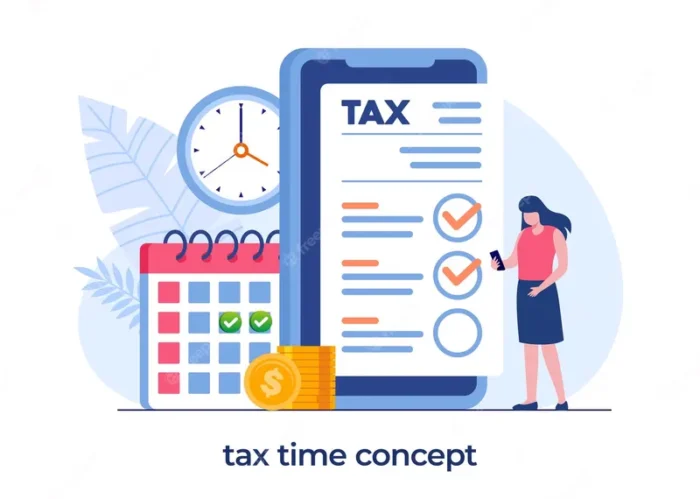
III. Exploring Options for Tax Relief
Negotiating with Tax Authorities:
Communicating with tax agencies is a critical step for those facing financial constraints. Taxpayers can often work with tax authorities to set up payment plans that align with their financial capabilities. Additionally, some jurisdictions offer offer-in-compromise programs, allowing eligible individuals to settle their tax debts for less than the full amount owed.
Exploring Tax Credits and Deductions:
Individuals with limited income should explore available tax credits and deductions. Some credits are specifically designed to assist low-income individuals and families. Maximizing deductions and utilizing tax-saving strategies can help reduce the overall tax burden.
Seeking Financial Assistance:
Various government assistance programs exist to provide relief to individuals in financial distress. Additionally, non-profit organizations and charities may offer support to those struggling with tax payments. Local community resources can also be valuable in times of financial need.
IV. Budgeting and Financial Planning for Tax Payments
Creating a Tax-Focused Budget:
Developing a budget that allocates funds specifically for tax payments is essential. This approach helps individuals plan for their tax obligations and avoids financial surprises. It may also involve adjusting spending habits to ensure that taxes are adequately covered.
Building an Emergency Fund:
An emergency fund can serve as a safety net for covering unexpected expenses, including tax bills. Setting aside a portion of income for an emergency fund gradually builds a financial cushion that can be tapped into when tax payments come due.
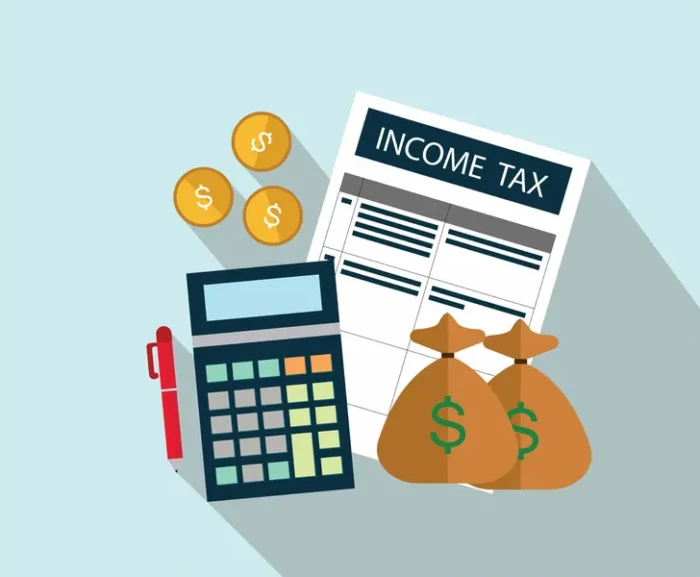
V. The Importance of Professional Advice
Tax Advisors and Accountants:
Seeking professional guidance from tax advisors and accountants can be invaluable. These experts can provide insights into tax planning, ensuring that taxpayers not only meet their current obligations but also plan for future financial stability.
VI. Real-Life Stories of Overcoming Financial Challenges
Success Stories:
This section presents real-life examples of individuals who faced tax challenges due to limited financial resources and successfully navigated them. Their stories highlight practical strategies and lessons that others can learn from when confronted with similar situations.

VII. Conclusion
In conclusion, facing tax challenges with limited financial resources is a daunting but manageable task. By understanding the impact of insufficient funds, exploring options for tax relief, budgeting effectively, seeking professional advice, and drawing inspiration from real-life success stories, individuals can tackle tax difficulties with confidence. The key is to take proactive steps to address tax challenges and maintain a commitment to financial responsibility.

